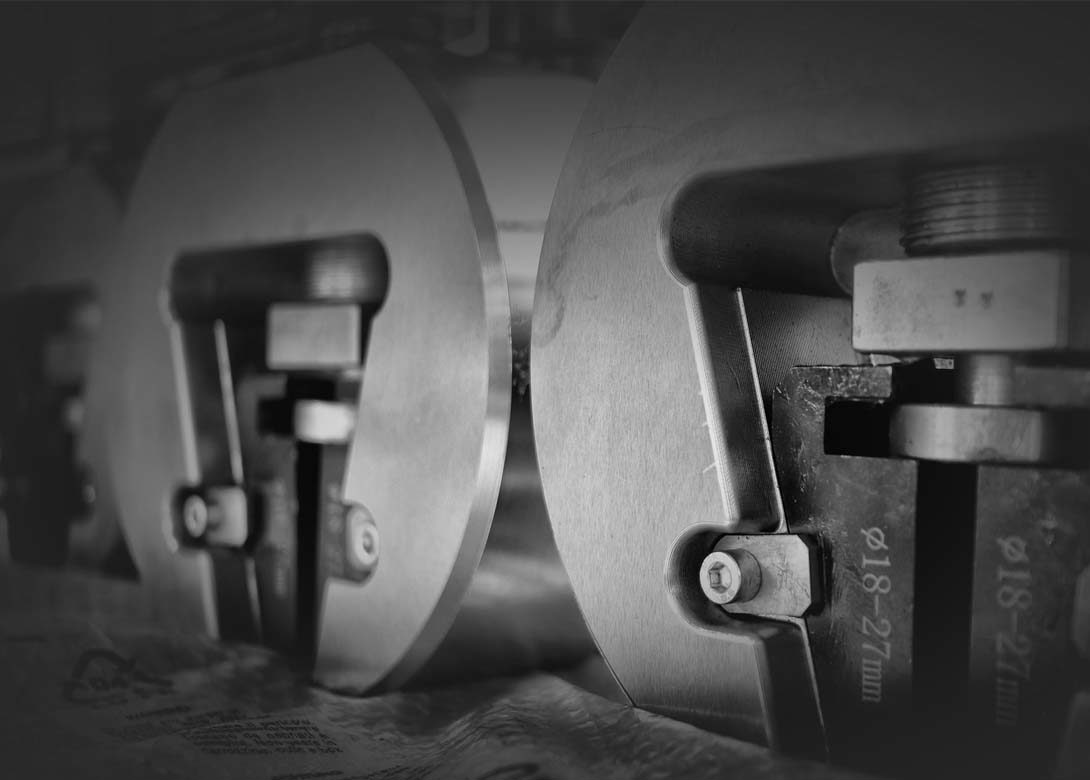
Here Cesar Certini, owner of CERMAC Srl – an Italian testing machine manufacturer, focuses on the use of fasteners at higher temperatures and what this means for the tensile and yield strength.
Fasteners are used in many environments that are at a higher temperature than the usual ambient temperature. Working at high temperatures involves a change in the mechanical characteristics, because as the temperature increases, there is a reduction in tensile and yield strength, as well as stress relaxation phenomena under load – which can lead to a loss of the clamp force.
This happens because as the temperature increases, the screws expand by exerting pressure on the hole and then contract as the temperature decreases, causing them to loosen inside the hole. Screws in Class 4.8, 5.8 and 6.8 are even more sensitive to rising temperatures because they are generally made from cold drawn bars, which means their mechanical characteristics were induced by hardening, which diminish with rising temperatures.
A designer must take into account all these factors and to do this they need to have access to data, with three options available. The first is to consult the data present in the literature, but this option is not easy because it is difficult to find data that perfectly coincides with the questions that the designer asks. The second way is to turn to international regulations, which often give interesting information. Take for example EN ISO 898-1. Already in the scope, we discover that the fasteners conforming to this standard “are used in applications from -50°C to +150°C” and that “users are advised to consult a metallurgist expert in connecting elements for temperatures outside the range -50°C ÷ +150°C and up to a maximum temperature of +300°C”. Therefore, the standard clearly tells us that threaded parts conforming to EN ISO 898-1 can be used up to +150°C and, after consultation with an expert metallurgist, even up to + 300°C. But what about higher temperatures?
In this case the standard comes to our aid, which tells us: “Information for the selection and application of steels for use at lower and elevated temperatures is given, for example, in EN 10269, ASTM F2281 and ASTM A320 / 320M.” By consulting EN 10269, which is the standard for fasteners intended to be used at elevated temperatures, it first of all finds that among the steels present there are not only carbon or low alloy steels but also stainless steels. This is because stainless steels have excellent heat behaviour in particular to oxidation at high temperature. Furthermore, in EN 10269 there are tables that give important indications regarding the minimum yield values up to 650°C and the variation of physical properties, i.e. density and static modulus of elasticity, thermal expansion coefficient, thermal conductivity, thermal capacity and electrical resistivity.
As for higher temperatures, reference can be made to ASTM F2281, which reports minimum values obtainable up to 982°C (1,800°F). The standard provides for the use of heat resistance stainless steels such as 309 or 310, or precipitation hardening stainless steels such as 17-4 PH, or nickel alloys such as 660 and 718. This all means there is a lot of details and information that can be difficult to follow if you are not an expert in this area.
The third and final option when it comes to accessing the data is to perform a tensile test at the necessary high operating temperature. In order to do this, a designer needs access to a special tensile machine, such as those produced by CERMAC – which are equipped with special ovens or digitally controlled climatic chambers with which tensile tests of up to 1,200°C can be performed using sophisticated strain gauges – equipped with ceramic arms that withstand such temperatures. By using these CERMAC machines the designers can get the answers and data they need for the specific fasteners and materials they are looking to use.
www.cermacsrl.com
Will joined Fastener + Fixing Magazine in 2007 and over the last 15 years has experienced every facet of the fastener sector - interviewing key figures within the industry and visiting leading companies and exhibitions around the globe.
Will manages the content strategy across all platforms and is the guardian for the high editorial standards that the Magazine is renowned.
Don't have an account? Sign Up
Signing up to Fastener + Fixing Magazine enables you to manage your account details.